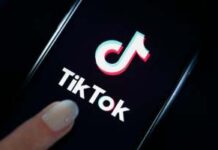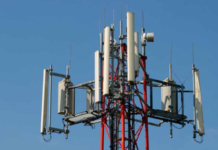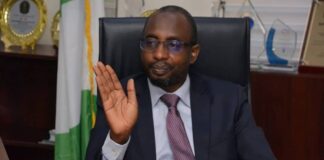Nigeria’s 4G Coverage Rises from 23% to 77.52%, Says Osinbajo
TECHDIGEST- Vice President Yemi Osinbajo has revealed that the Nigerian Government under President Muhammadu Buhari’s administration has improved 4G coverage across the country from 23% to 77.52%.
He disclosed this on Tuesday during the 3rd Ministerial Performance Review Retreat in Abuja while speaking on the improvements made in the digital economy.
According to him, Nigeria’s broadband coverage has improved from 33.7% to 44.65% in the past 2 years alone.
He listed what he said are the biggest contribution of the digital economy to Nigeria’s economic growth, including the deployment of 5G technology and the exponential growth of the following Nigerian tech unicorns: Flutterwave, O-Pay, Andela, Interswitch, Jumia, Piggyvest, and Paystack.
Prof. Osinbajo emphasised that the digital economy is one of the major achievements of the administration, noting that the rapid expansion of broadband access has been a game changer.
“In August 2019, the broadband coverage was 33.7% and today it is 44.65%, representing close to 13 million new broadband users. There were 13,823 4G base stations and we now have 36,751, representing a 165.86% increase.
“The percentage of 4G coverage across the country also increased from 23% to 77.52%. The expansion has also been helped by the Ministry of Communications and Digital Economy directly engaging the.”
He then spoke about Nigeria’s 5G ambition, pointing out the benefits of the fifth-generation network and how it will contribute to Nigeria’s economic growth.
“We now have Presidential approval for the 5G policy. In terms of density, 4G allows connection to about 1 million devices in 500 square kilometres, while 5G will allow the same number of devices in just 1 square kilometre. There are also very fast data rates of the 5G and more efficient energy usage.”
The Vice President went on to assert that the cost of data has crashed from N1,200 per GB in 2019 to about N360 today, thus making it easier for Nigerians to connect to the Internet.
“Now the Ministry of Communications and Digital Economy has embarked on the National Information and Communications Technology Infrastructure Backbone II, (NICTIB II) to connect 20 States with fibre optics that had not been connected in NICTIB I”.
















